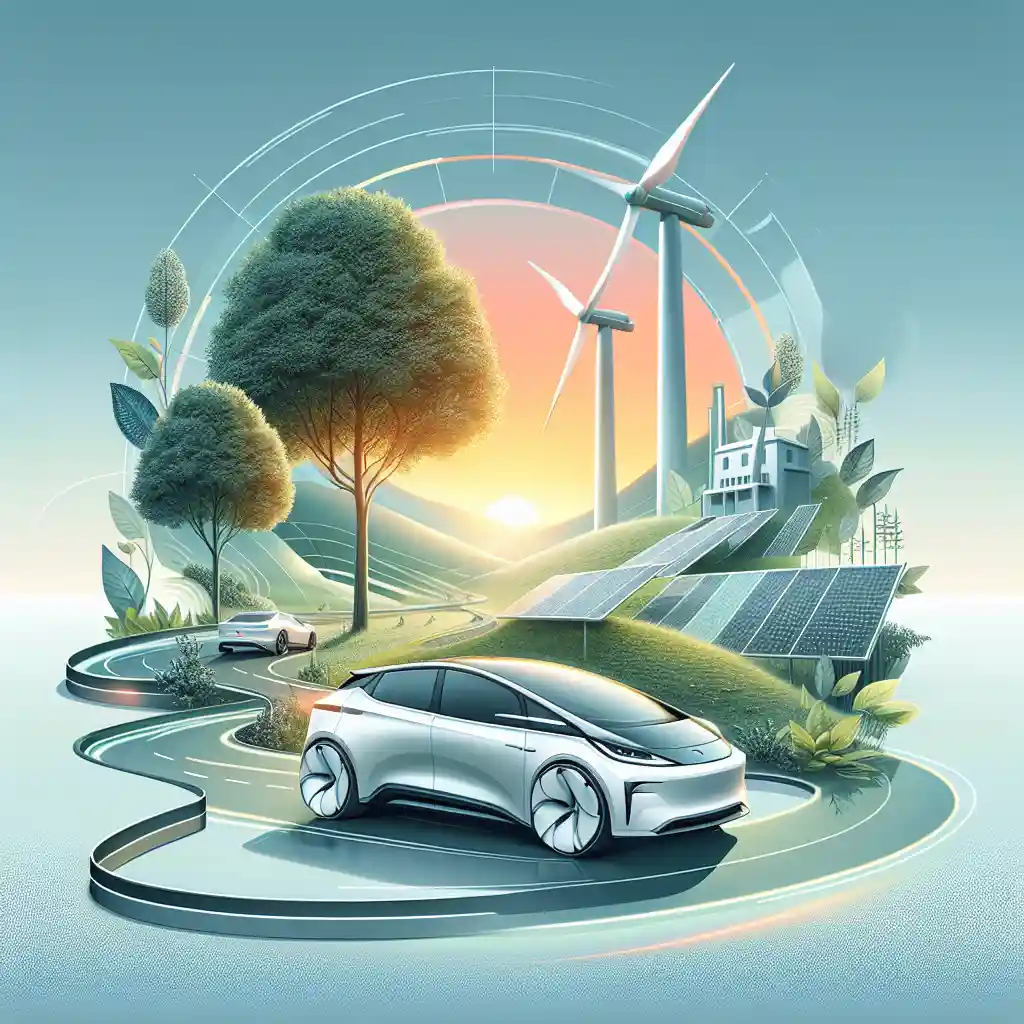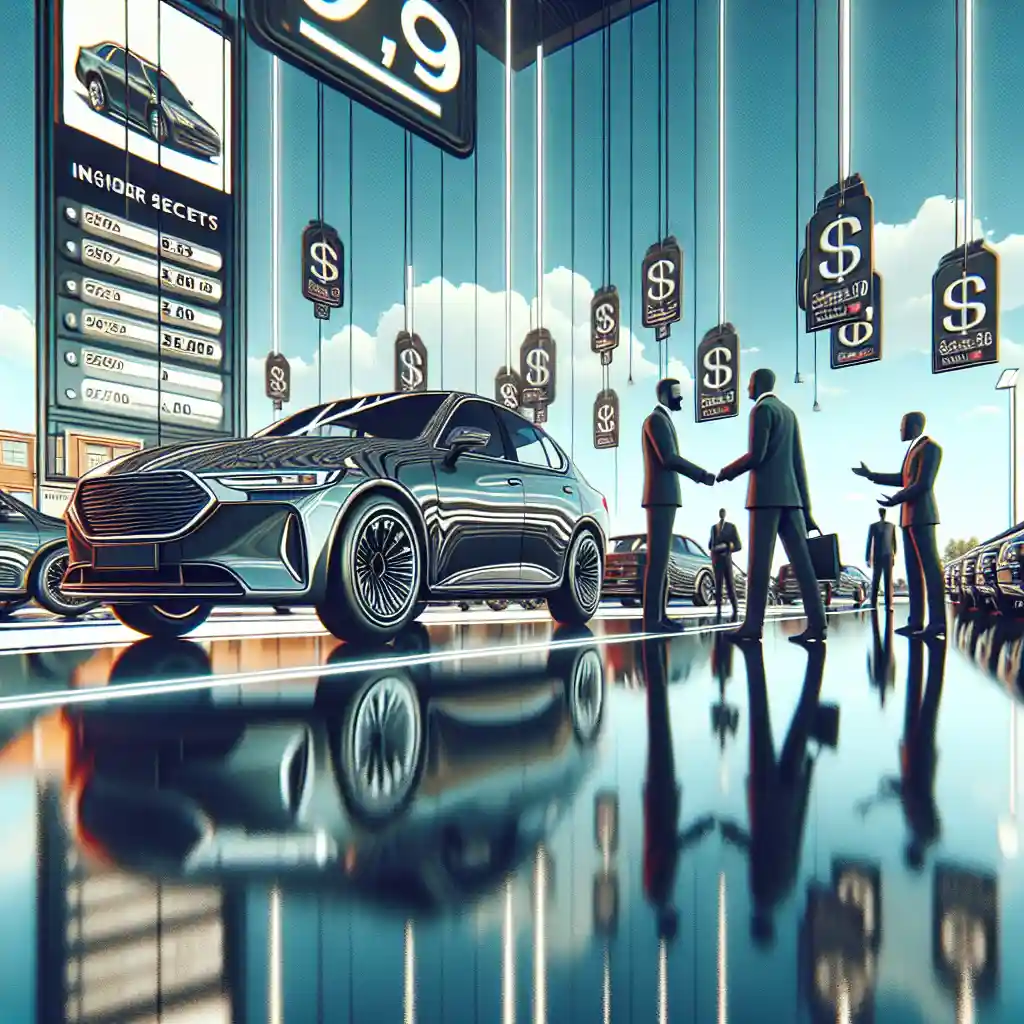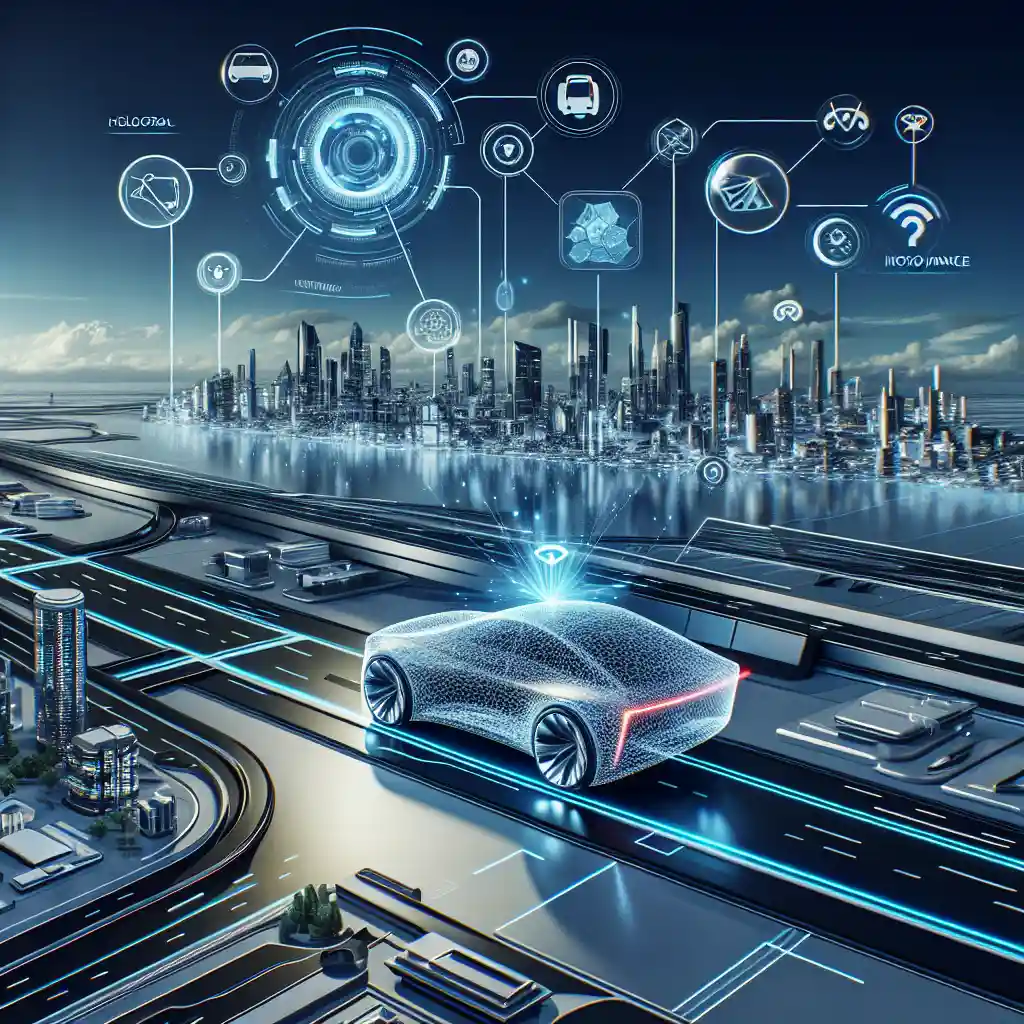DIY Car Maintenance: Essential Skills Every Car Owner Should Master
Keeping your car in top condition doesn't have to be a daunting task. With some basic DIY car maintenance skills, you can save money and ensure your vehicle runs smoothly. From oil changes to fluid checks, there are essential skills every car owner should master. Let's explore the key aspects of car care that you can easily learn and apply.

The Importance of Regular Oil Changes
One of the most critical aspects of car maintenance is regular oil changes. Engine oil lubricates all moving parts, reduces friction, and helps maintain the engine's temperature. By following the manufacturer's recommendations for oil change intervals, you can prolong your engine's life and prevent costly repairs. With some basic tools and the right type of oil, you can easily perform this essential maintenance task at home.
Mastering Fluid Checks
Checking and topping up essential fluids such as coolant, brake fluid, power steering fluid, and windshield washer fluid is crucial for your vehicle's performance and safety. Low levels of these fluids can lead to engine overheating, brake failure, steering issues, or impaired visibility. Regularly inspecting and replenishing these fluids is a simple yet effective way to keep your car running smoothly. Make it a habit to check the fluid levels during your routine maintenance checks.
Understanding Tire Maintenance
Proper tire maintenance is key to ensuring your safety on the road and maximizing fuel efficiency. Check your tire pressure regularly using a pressure gauge and inflate them to the recommended levels. Inspect the tread depth for wear and tear, and rotate your tires as recommended to ensure even wear. Additionally, don't forget to perform visual inspections for any signs of damage or punctures. Maintaining optimal tire condition will not only enhance your driving experience but also prolong the life of your tires.
DIY Brake Inspection and Maintenance
Your car's brakes are vital for your safety, so it's essential to know how to inspect and maintain them properly. Listen for any unusual noises when braking, and pay attention to changes in braking performance. Check the brake pads for wear and replace them if necessary. You can also learn how to bleed the brake system to remove air bubbles and maintain proper brake fluid circulation. Ensuring your brakes are in top condition will give you peace of mind while driving.
Electrical System Maintenance Tips
The electrical system in your car is responsible for powering various components, from lights to the starter motor. Learn how to inspect and replace the car battery when needed, as a weak or dead battery can leave you stranded. Check the condition of spark plugs and ignition coils regularly to maintain optimal engine performance. Understanding the basics of your car's electrical system can help you troubleshoot issues and avoid costly repairs.
Interior and Exterior Care
In addition to under-the-hood maintenance, taking care of your car's interior and exterior is essential for its overall appearance and value. Regularly clean and vacuum the interior to prevent dirt buildup and maintain a fresh look. Protect the exterior paint from UV damage by washing and waxing your car regularly. Inspect and replace windshield wipers as needed to ensure clear visibility in all weather conditions. By paying attention to both the inside and outside of your vehicle, you can enjoy a clean and well-maintained car for years to come.
Taking the time to learn and master these essential DIY car maintenance skills will not only save you money but also give you a sense of empowerment and satisfaction. By staying proactive and attentive to your car's needs, you can enjoy a reliable and well-functioning vehicle for years to come. So, roll up your sleeves, grab your tools, and start mastering these essential car care skills today.






















